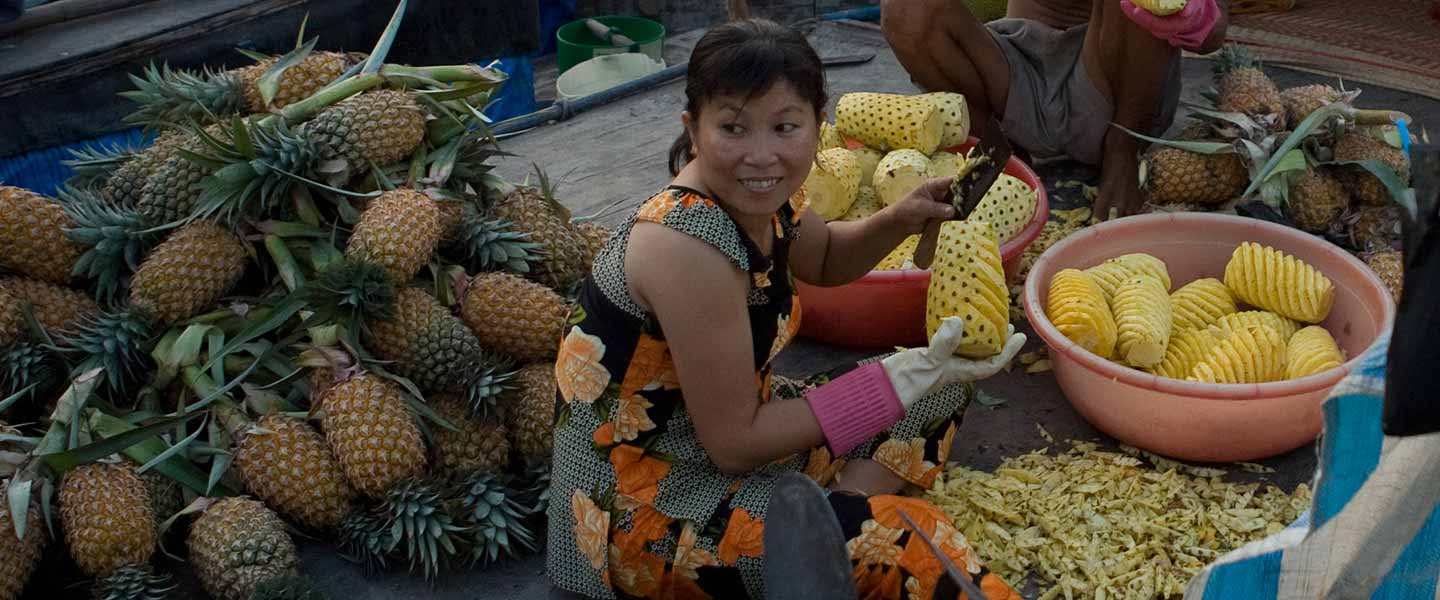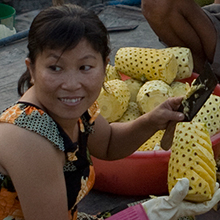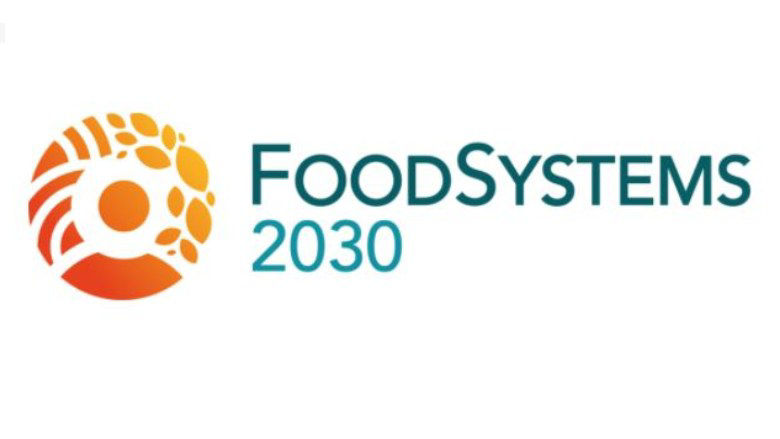In Angola, between 2015 and 2024, a project has helped increase productivity and commercialization for 2.5 million farmers, of which 37% are women. The project supported farmers by linking them to markets, and build their capacity in efficient water and crop management to implement climate change mitigation and adaptation. Farmers were able to increase their yield in crops and livestock by 19% and 52% respectively, with revenue rising by 96%. The project has also provided irrigation for over 62,000 hectares of land with beneficiaries reaching 128,000 households. Nearly one million jobs in rural areas were created as a result of the project interventions.
The Innovation for Rural Competitiveness Project (COMRURAL III) in Honduras, backed by a US$100 million IDA credit, is enhancing market access, promoting climate-smart agriculture, and generating jobs for 22,500 rural households—benefiting around 90,000 people, including women, youth, and Indigenous and Afro-descendant communities. Through matching grants, technical assistance, and four investment windows, the project supports resilient farming, efficient irrigation, and value-added agribusinesses. An $8.5 million grant from GAFSP expands the project to the Moskitia-Costa Atlántica region, targeting 4,000 vulnerable households with food security, nutrition, and institutional strengthening interventions in a multicultural context.
In Mexico, the Sustainable Productive Landscapes Project, backed by a $21.86 million Global Environment Facility (GEF) grant, is strengthening sustainable land management and boosting climate-smart agriculture while expanding economic opportunities for rural producers in priority landscapes across Mexico. It directly benefits over 36,000 people – including Indigenous communities and women – through community-driven initiatives that promote biodiversity-friendly farming and forestry practices on more than 560,000 hectares. Through competitive matching grants, targeted technical assistance, and an innovative partial credit guarantee, the project supports hundreds of subprojects introducing climate-smart farming, sustainable forest management, and value-added agribusinesses. Additionally, a dedicated guarantee facility has catalyzed about US$4.8 million in private credit, scaling up sustainable investments by smallholders and further advancing climate mitigation and resilience goals.
The Tamil Nadu Rural Transformation Project in India has fostered inclusive rural economic growth by promoting farm and non-farm enterprises and creating local jobs. The project established One-Stop Facilities and the Tamil Nadu Rural Incubator and Start-Up Enabler to provide business development, mentoring, and financial support to women-owned rural enterprises. The project has impacted over 520,000 individuals and supported nearly 109,000 rural businesses, creating about 75,000 jobs. Through grants and partnerships with 16 banks, $41.9 million in credit has been facilitated for 10,880 enterprises, while 93,000 youth gained employable skills.
The Maharashtra Project on Climate Resilient Agriculture in India transformed agriculture in Maharashtra, India, making it a hub for climate-resilient farming. The project covers 5,000 villages in 15 districts, impacting 12.5 million hectares and benefiting over 1.22 million smallholders. Through the establishment of 3,959 village climate-resilient committees and 37,184 Farmer Field Schools, the project has promoted climate-resilient technologies. Crop yields in project areas increased by 9 to 21%, with cotton and soybean showing the highest gains. In its second phase, the project aims to enhance resource efficiency and reduce emissions through precision farming.
In Morocco, efforts are underway to modernize wholesale markets for fruits and vegetables in five regions. Food safety measures have been improved for 2,000 agribusinesses. Two innovation centers for agribusiness have begun operating, providing support for new ideas and practices. The program is also helping nearly 15,000 young agricultural entrepreneurs with technical and financial assistance. Additionally, there are initiatives to improve agricultural policies, focusing on nutrition and managing risks, as well as expanding support systems to protect farmers and agricultural workers.
Since 2010, the World Bank’s marshland and hillside development programs in Rwanda have enhanced agricultural production and commercialization, with 40% of initiatives led by women. The project developed over 13,300 hectares for marshland irrigation, improved 2,500 hectares of hillside irrigation, and conserved soil across 51,900 hectares. Ongoing efforts include expanding irrigation schemes, promoting sustainable land management for climate resilience on 10,000 hectares, and supporting financial services for farmers. A successful credit line pilot funded projects worth over $ 15 million. Matching grants helped 2,450 farmers adopt irrigation practices on 1,350 hectares, while development for additional 1,000 hectares is underway. By 2024, greenhouse farming has increased with 185 units installed, doubling yields for key crops.
The Smallholder Commercialization and Agribusiness Development Project in Sierra Leone has integrated smallholder farmers into supply chains, transforming 106 grantees into profitable agribusinesses, including 17 companies and 42 producer organizations across six value chains. The project supported nearly 62,000 outgrowers, with 47% female participation, enhancing incomes and creating markets. During the COVID-19 pandemic, an Interactive Voice Response system provided essential agricultural information in four local languages. Additionally, 310 km of roads were rehabilitated, creating 8,714 jobs and reducing travel time by 58%. Four new bridges are being built, benefiting around 1.68 million people by improving access and facilitating trade.
The Tanzania Food Systems Resilience Program is strengthening agricultural research financing for climate-resilient technologies. It enabled the Tanzania Agricultural Research Institute to adopt a new data and knowledge management approach. The program promotes digital solutions through a national registry, knowledge platform, and training for 4,000 extension officers (30% women) in climate smart agriculture and e-agriculture. It improves public investment returns by supporting irrigation management contracts (benefiting 3,735 farmers across 23 schemes) and upgrading 79 public warehouses. The Ministry of Agriculture is meeting results-based performance targets to enhance budget efficiency. The program is also piloting subsidy reforms to support soil health. With an initial $300 million investment, it has attracted over $71 million in co-financing from IFAD and JICA.
The Agro-Ecological and Climate Resilient Systems Project in Uruguay aims to strengthen the agricultural sector by enhancing climate resilience and promoting sustainable farming practices. The project provides matching grants and technical assistance to support the transition to agroecological production and improve livestock effluent management. So far, nearly 13,000 rural producers—25% of whom are women—have benefited from better climate data and agricultural technologies. Approximately 1.67 million hectares are now under sustainable management practices, and 770 producers have adopted improved technologies, contributing to a more resilient and environmentally sustainable agricultural sector.
In Yemen, a project improved agricultural infrastructure by restoring 608 hectares of farmland and upgrading 16.6 kilometers of rural roads. It built water harvesting structures and refurbished 17 wells, benefiting over 1 million people through 90 small-scale projects that enhanced food security. The initiative created nearly 22,000 temporary jobs, including 2,914 for women. It also rehabilitated 3,980 hectares of land and improved irrigation canals. A veterinary campaign vaccinated 11 million small animals and treated over 9 million. Additionally, more than 7,500 women received business training and stipends to help them earn income and improve food security.
Last Updated: Oct 02, 2025






